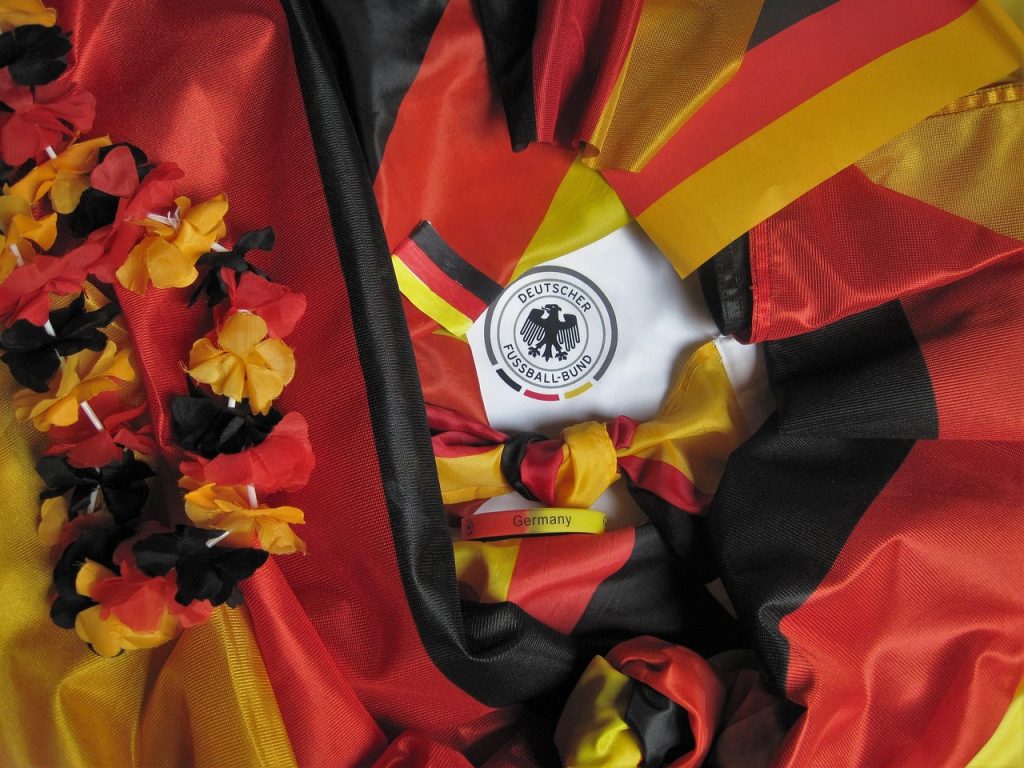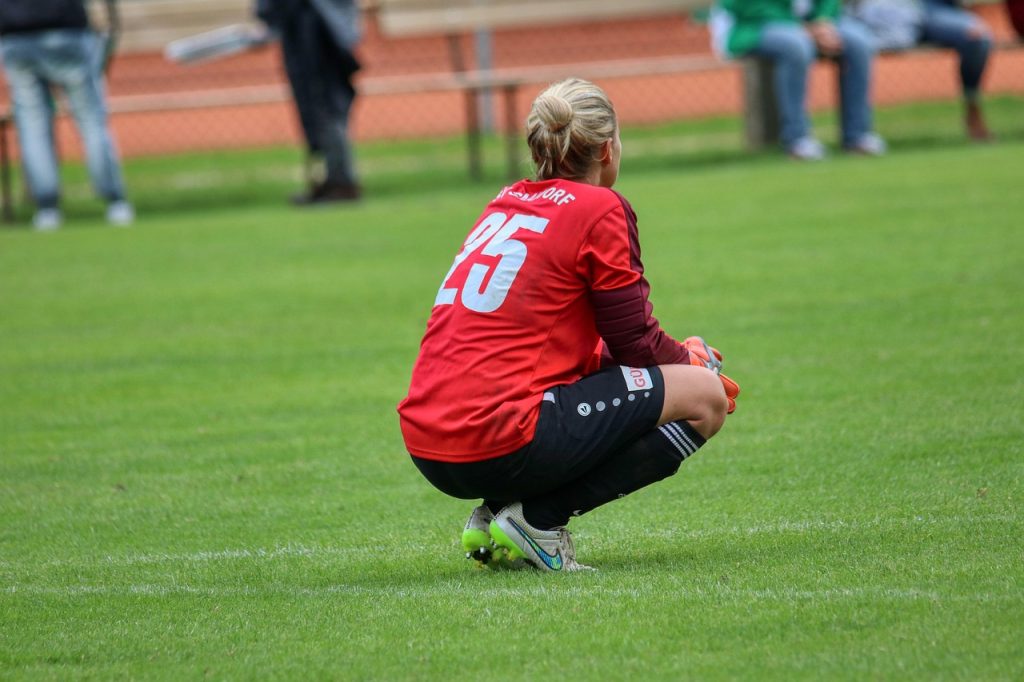
How Germany’s Soccer Leagues System Works

Structure of German Soccer Leagues
Introduction
Germany is one of the true powerhouses of world football — not just because of its top clubs, but because of the structure behind them. Whether you’re a fan, a player, or a coach looking to understand how things work, this guide will walk you through the different levels of the German football league system — from the professional Bundesliga all the way down to the amateur state leagues. We’ll also touch on youth development, university football, and the growing women’s game in Germany.
Men’s Football in Germany
Professional Leagues
At the very top, you’ll find the Bundesliga — Germany’s premier league with 18 teams. Every season:
- The bottom two teams are relegated to the second division.
- The third-from-last team plays a promotion/relegation playoff against a 2. Bundesliga team.
The second division, Bundesliga 2, follows a similar format:
- 18 teams again.
- The top two teams are promoted automatically.
- The third-place team plays the Bundesliga’s 16th-place team for a shot at promotion.
- The bottom two are relegated, and the 16th place team goes into a playoff.
Then comes the 3. Liga, with 20 teams. This is the lowest fully professional tier. Here:
- Two teams go up to Bundesliga 2.
- One team earns promotion via a playoff.
- The bottom four teams are relegated.

Semi-Professional & Amateur Leagues
The fourth tier is the Regionalliga, a semi-pro league split into five regional divisions. Each is run by different regional or state associations. Not all champions are promoted directly — only a few divisions get automatic spots, and others go through playoffs or a rotation system.
From the fifth tier down, football becomes fully amateur and is managed by Germany’s 21 state football associations. These leagues cover smaller and smaller geographic areas the lower you go — but the dream of moving up is still alive.
Youth and University Football
Germany takes youth development seriously. Clubs like Bayern Munich, Borussia Dortmund, and RB Leipzig start scouting players as young as 9 or 10. These players are brought into youth setups where they develop with a clear path toward professional football.
Bayern Munich is especially known for encouraging balance — they believe education is just as important as football. Young players are encouraged to succeed in both.
There are also options at the university level, though this path is less common. A great example is Leverkusen University, which has one of the best semi-pro football facilities in the country. National tournaments between universities offer student-athletes a chance to be seen.

Women’s Football in Germany
Women’s football in Germany has its own structured system. At the top is the Frauen-Bundesliga, followed by 2. Frauen-Bundesliga, and then five regional leagues at the third level.
Below that, women’s teams compete in local and state leagues. Germany’s women’s national team has long been one of the strongest in the world — and much of that success starts in these very leagues.
German vs. Foreign Players
German football has always placed a strong emphasis on developing homegrown talent — especially when it comes to the national team. Between 2010 and 2014, nearly the entire squad came from just Bayern Munich and Borussia Dortmund.
That said, foreign players have also thrived in Germany. The Bundesliga is known for being welcoming to international talent. Players like Jadon Sancho (England) and Robert Lewandowski (Poland) rose to stardom in the league.
Interestingly, while foreign players tend to adapt well in Germany, German players sometimes struggle more when they move to other countries’ leagues.
Conclusion
Whether you’re dreaming of going pro, exploring opportunities in Europe, or just trying to understand how German football works, it’s clear that the system is built for growth — from the grassroots to the global stage.
If you’re looking for serious player development or exploring options for training in Europe, check out our guide to top residential soccer academies in Europe. It’s a great place to start if you’re aiming high.
Here at GoSoccerPro, we are in the process of updating our individual country league outlines. Please check back over the next few weeks as we update information on how different countries run their leagues. We will be updating our prior articles on the league systems in several countries as well as creating new articles on some of the smaller European countries.
You can learn about the soccer leagues of the following countries at these links:
Return to Homepage
Return to Blog


